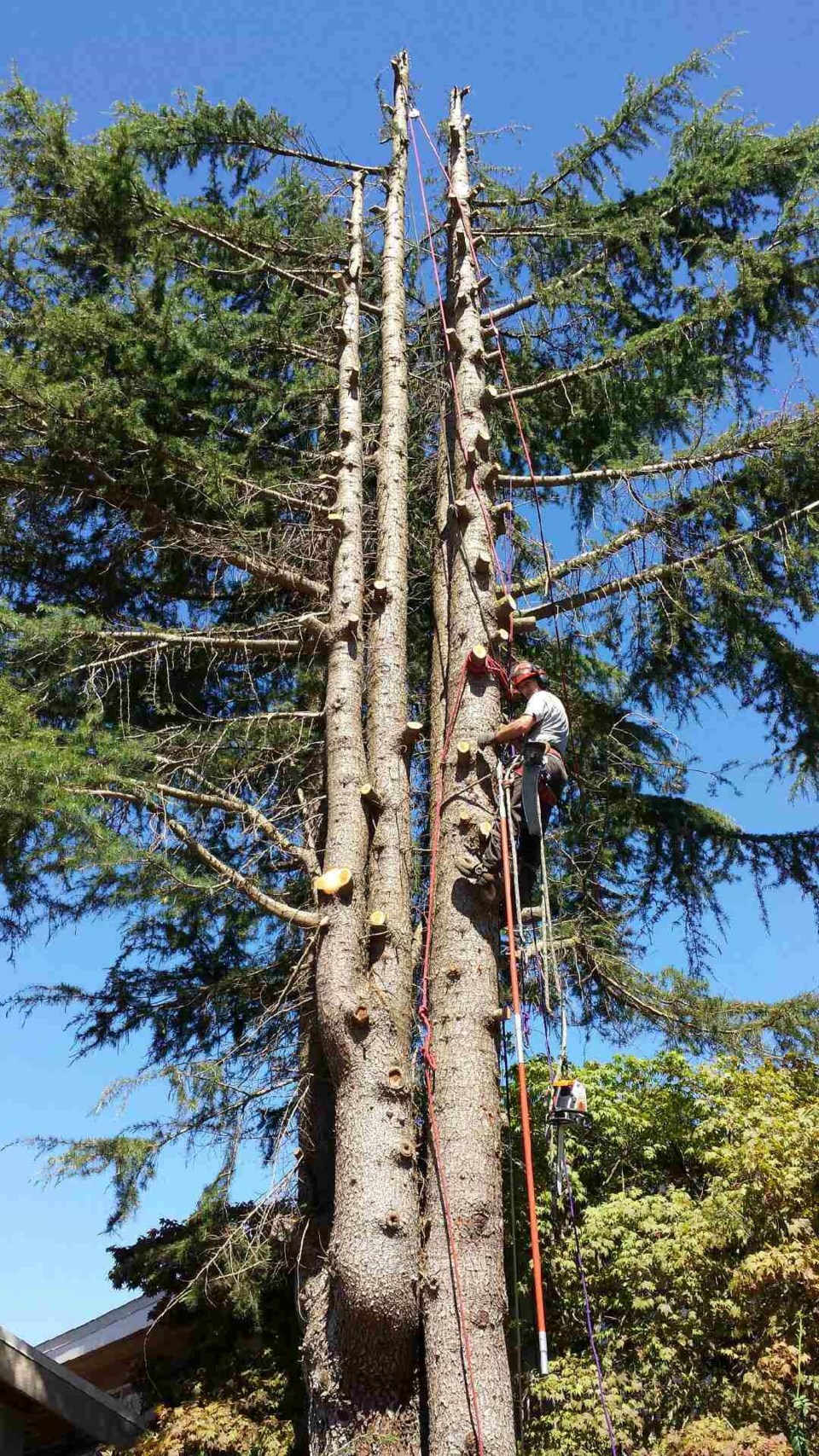While waiting for Peter Wohlleben’s book The Hidden Life of Trees to arrive at Richmond Public Library, I glanced at the library’s other books on the subject and found one that intrigued me: The Tree. A Natural History of What Trees Are, How They Live, and Why They Matter, by Colin Tudge.
I read the blurbs on the back cover, read the preface and decided to borrow it.
Introducing the reader to the important role played by trees in the human timeline, Tudge argues that “the only reason we have such dexterous hands and whirling arms is that our ancestors had spent 80 million or so years (so some zoologists calculate) in the trees. Arboreal life requires dexterity and hand-eye coordination ... Our ancestors, somewhere in Africa, came to the ground ... learned to walk on two legs ... freeing their versatile hands and arms for other purposes.
I never thought of trees as our nursery or cradle, but it does make sense. We are forever indebted to trees.
More recently, I listened to Suzanne Simard’s TED talk “How trees talk to each other.” It was brilliant. Trees are not merely isolated shafts of wood erupting out of the soil, they are part of an underground network linking a whole community of plant life. Everything I read and hear about trees increases my respect and admiration for them. It also increases — vertiginously — my dismay and anger at the people who kill them because they consider them a hindrance.
Richmond has an appalling record in this respect. The other day I turned on the radio and a broadcaster reported what he described as the “sixth and seventh” homicide of the year — referring to the murder of two humans. That’s paltry compared to the number of healthy, mature trees that are regularly “murdered” and “slaughtered” in Richmond. The total for the last five years surpasses 8,000. What’s the tally now? When will we hear “This is the nine thousandth arboricide since 2010”?
Arboricide is a powerful word, and no less horrifying than homicide. Nowadays, arboricide is defined as a chemical that kills trees, but properly speaking it refers to the willful destruction of trees. The word comes from the Latin for tree, “arbor,” and the suffix “-cide,” which derives from the Latin verb “caedere,” to kill. In spite of all the devastation that arboricide wreaks, it doesn’t get the media coverage it deserves, although Richmond is improving in that regard.
The attitude of our neighbours south of the border, especially in Oregon and California, appears to be more enlightened about safeguarding trees.
They are noticeably pro-active about preserving their green heritage because they recognize that the importance of trees is incalculable, ranging from the ecological and environmental to the historical, financial, and aesthetic, and even beyond, to the personal — anyone who has experienced the loss of mature trees in their immediate vicinity can testify to the negative impact it has on the comfort levels inside their house.
Trees protect us — it behoves us to do the same for them.
Sabine Eiche is a writer and art historian. Her blog is found at Members.Shaw.ca/SEiche

.jpg;w=120;h=80;mode=crop)

